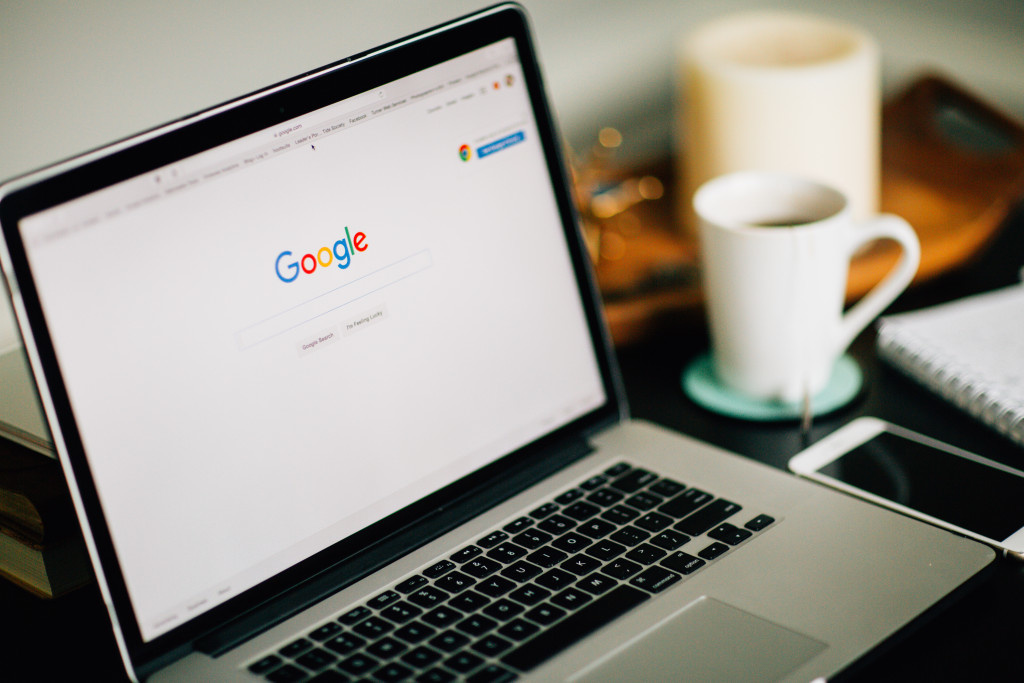Google is a beast. There’s no other good way to put it, Google is a beast of a platform with an incredible amount of free valuable content available at our fingertips. But as with any beast, there is always a dark side, and for Google a big con is that the monster search engine never forgets. In the realm of Search Engine Optimization (or SEO) there is a plethora of both good and bad information available to the masses. Because of this, business owners have formed bad habits with SEO that are outdated and harming their ranking within Google and its algorithm. Here are a few habits you may have that could be harming your photography website’s rankings, and how you can fix them.
You Have Too Much Content on Your Website’s Homepage
If you’ve been paying attention to the enigma that is the Google algorithm and its changes over the years, you’ll know that Google has worked very hard to shift the practice of SEO from strategic keyword implementation to valuing great content on websites. This means that websites that are successfully ranking on Google’s coveted 1st page of search results for any given keyword are doing so because they have pages that are content-rich.
A common misconception, however, is that the most valuable content should go on the landing page of your website. This is a huge mistake. The way that the Google algorithm determines if content on a website is valuable or not is by monitoring the behavior and interaction of website visitors. If all of your valuable content is on your landing page, most likely visitors are visiting your landing page, getting the info they need, then navigating away from your website. This impacts something called a “bounce rate”. If a website has a high bounce rate, Google deems the website’s content as less valuable. The goal of your landing page should be to introduce your brand, and give website visitors incentive to click through to other pages on your site. You can do this by offering links on your landing page to other pages on your site full of valuable content. The goal is to have a low bounce rate on your landing page.
No Link-Building Strategy
In the very beginning of SEO, what mattered most to Google was “On-Page SEO”. On-page optimization refers to the elements on a webpage that impact the website’s rankings within Google. When Google’s algorithm changed to favor valuable content, on-page optimization took a backseat.
A bad habit for website owners is to focus too much on on-page optimization and not enough on off-page optimization. Off-page optimization is considered to be anything done away from your website that might affect your website’s rankings within Google. One of the biggest factors in having a strong off-page optimization plan is focusing on a strong link-building strategy. “Link-building” is the process of getting external websites to link back to pages on your website.
Link-building is often time intensive and requires website owners reach out to individual websites requesting links back to their websites. This is only successful if the person trying to build links has valuable content on their website to offer other websites (in turn creating incentive for the external website to link back). This means that in order to have a successful link-building strategy, photographers should be intentionally setting aside time to pursue external links back to their websites. To name just a few link-building tips, this can be done by guest blogging for other websites, submitting work to be featured on niche blogs, and contacting local businesses and vendors that are niche and may want to exchange links.

Not Enough Content-Rich Pages
As I mentioned earlier, a big mistake is putting too much valuable content on the landing page of a website. To go along with that, another big mistake photographers make is having very little content on their websites, or worse, no content at all aside from their portfolio, basic pricing, and brief about me page. Knowing the pain-points of your target audience is a powerful tool for creating valuable content that will cause website visitors to click-through to multiple webpages on your site.
Beyond using your blog only to feature past work or photo sessions, creating helpful blog posts addressing pain-points of your ideal audience is a really good way to create content-rich pages that you can link to from your landing page. As an example, I’m a wedding photographer in Las Vegas, so I have multiple blog posts giving tips and information on various wedding venues in Vegas and travel tips, etc. for my brides to consume. Not only does this give me valuable content throughout my website, it causes individual blog posts to rank for many different keywords, ultimately giving me multiple chances to be found on Google for several different (but related) keywords.
Creating Good SEO Habits
Like any other skill, it’s imperative to continually be educating ourselves on the latest techniques and habits that will benefit our Google rankings in the long term. Google intentionally keeps its algorithm a secret, so we don’t know much about it definitively. One thing we do know, however, is that it is ever-changing — meaning we need to keep an eye on positive trends effecting websites and their rankings over time. So long as we are constantly making an effort to stay informed on the newest SEO techniques, we have a much better chance of staying high in Google’s rankings and booking more photography clients in the future.
Lead image by Pixabay user muneebfarman, used under Creative Commons.
